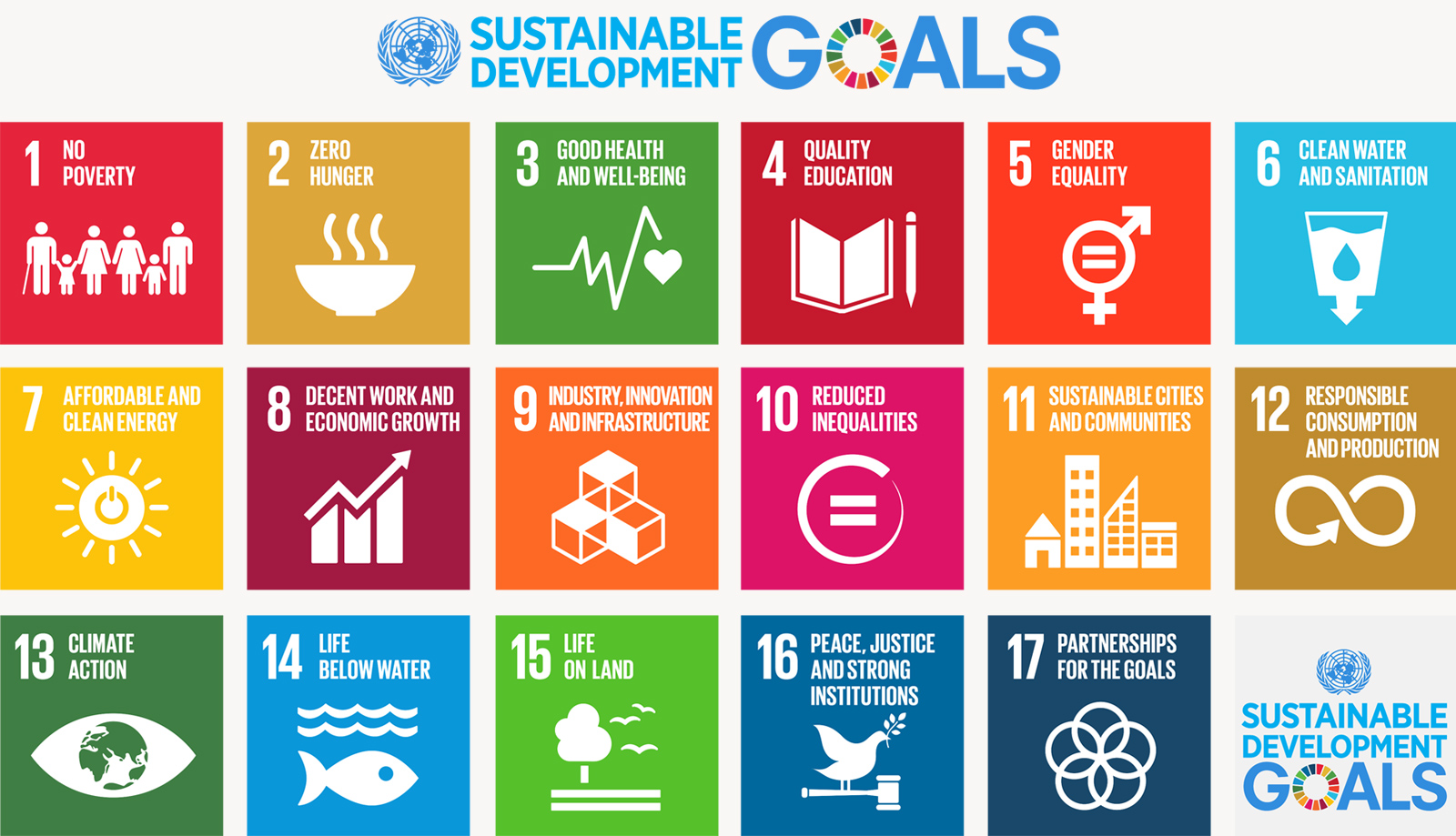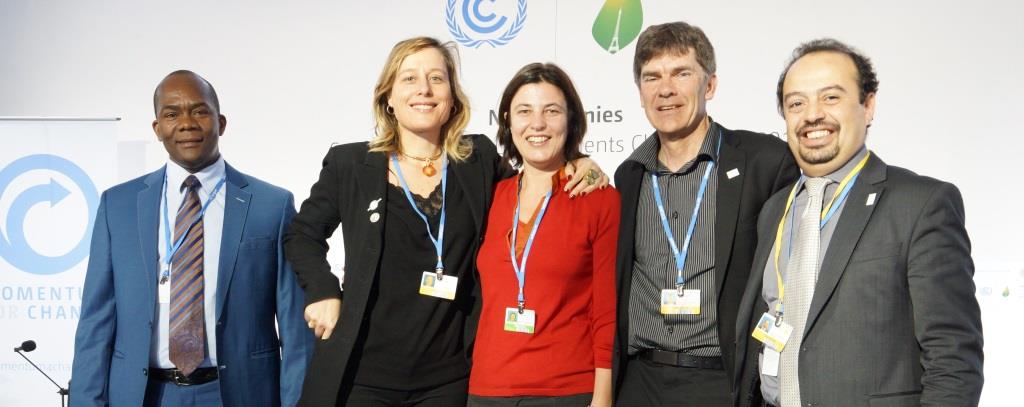P5: Deciphering the SDGs for Local Governments
The Sustainable Development Goals (SDGs) adopted in New York in 2015 were a major step for international sustainability efforts. The 17 goals provide a comprehensive framework for improving our global society, covering topics including poverty, health, food and water, production, and ecosystems.
But how do they become a reality at the local level, particularly in relation to resilience building? That was the topic of a plenary on 3 March at the Resilient Cities Asia-Pacific congress. As Donovan Storey, Chief, Sustainable Urban Development Section, EDD, UN ESCAP noted, grand agreements made by national governments are sometimes concluded without due consideration being given to how they will be implemented at the local level. The SDGs are, he added, a “daunting list” that would need be “deciphered and broken down”.
The panel for the session offered a range of perspectives from cities. Andrew Foster of Wellington City Council, New Zealand explained that Wellington’s efforts to tackle climate change had always been holistic, with policies being implemented to benefit the city in every way as well as cutting emissions. The aim had always been to “tread more lightly on the planet,” and the SDGs provided great support for this goal:
“The SDGs add more power to our elbow”.
Farhad Suri, ex-Mayor of Delhi, India, noted that national governments often commit to international agreements without consulting local governments. This trend should be reversed: national governments should ask local governments how best to proceed and how far to commit. In addition, he said, national governments should make specific budgetary commitments in allocations to local governments for the achievement of the SDGs. Funding for the SDGs should not be taken from regular budget areas.
For Mayor Kinlay Dorjee of Thimphu, Bhutan, the key for the implementation of the SDGs is community participation: government initiatives will never succeed if they do not have the support of citizens. Thimphu therefore plans to work closely with all citizen groups. Mayor Ulrich Sumptoh of Port Vila, Vanuatu agreed:
“We make the information flow through the communities.”
A representative of AIESEC advised local governments to prioritize three steps for pursuing the SDGs, based on AIESEC’s successful experiences.
- Raising awareness, for example in school curricula and through social media.
- Building ownership, and showing how current activities on the part of citizens and local governments already relate to the SDGs.
- Establishing partnerships.
Throughout the session, communication and alignment were running themes. As several participants noted, the SDGs are not new: local governments and other stakeholders have projects that fit with the SDGs. The question is therefore how to optimize the work that is already being conducted, engaging partners and integrating the targets of the SDGs.
Overall, panelists were optimistic about the possibility of implementing the SDGs at a local level. However, they also considered a number of barriers to this implementation, including finance, coordination between different levels of government, and the changing of mindsets, particularly within communities resistant to change.



